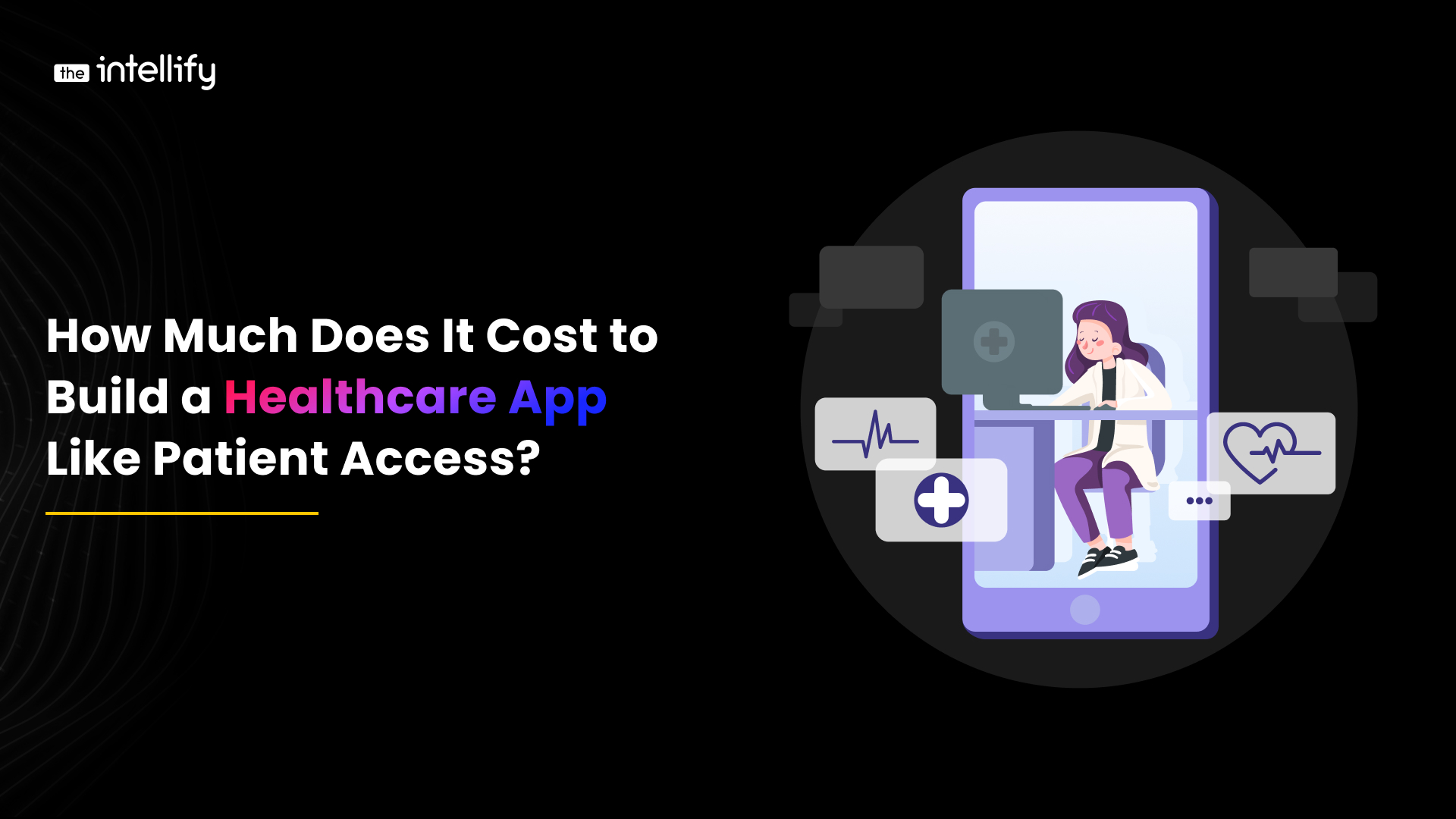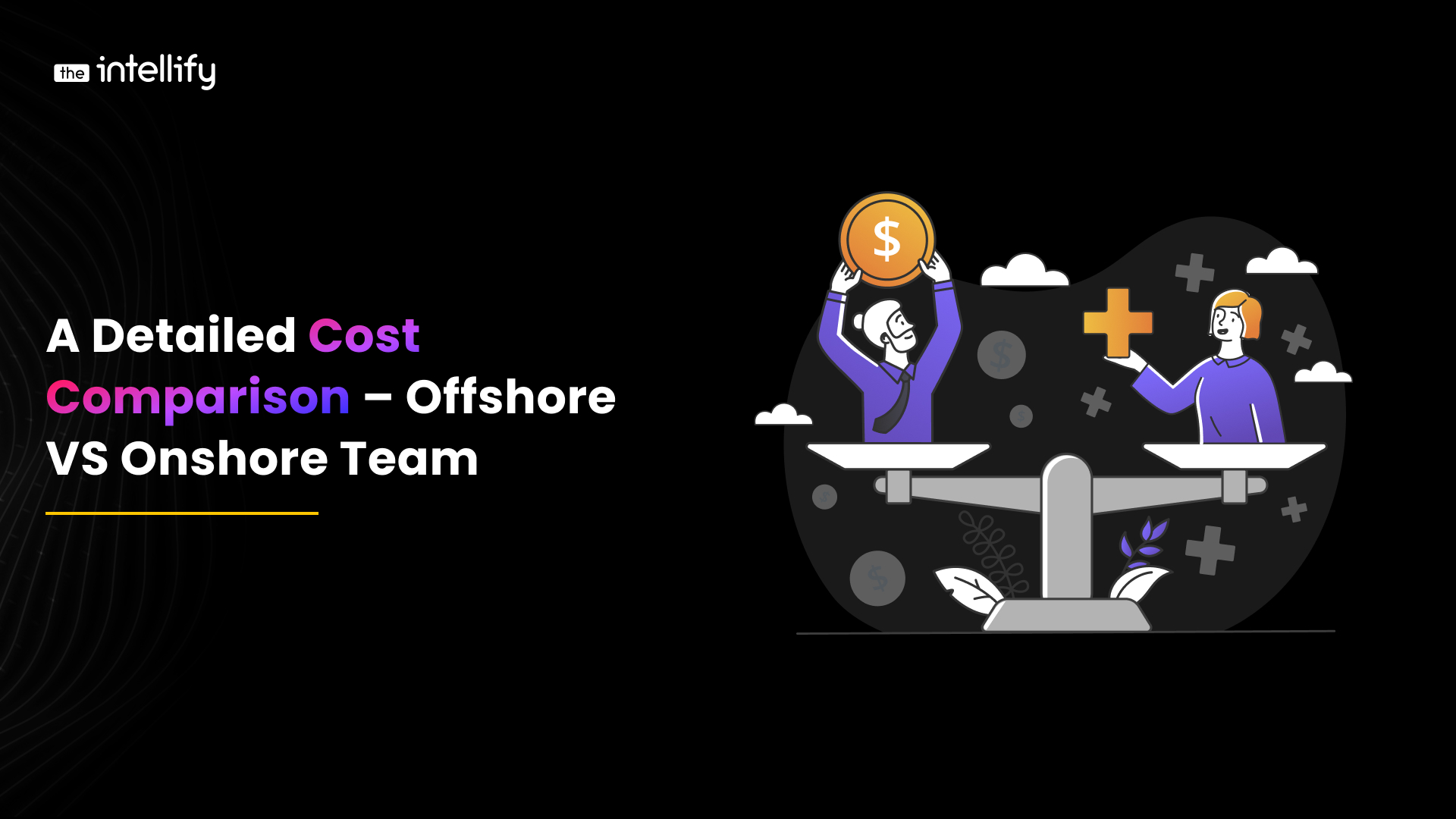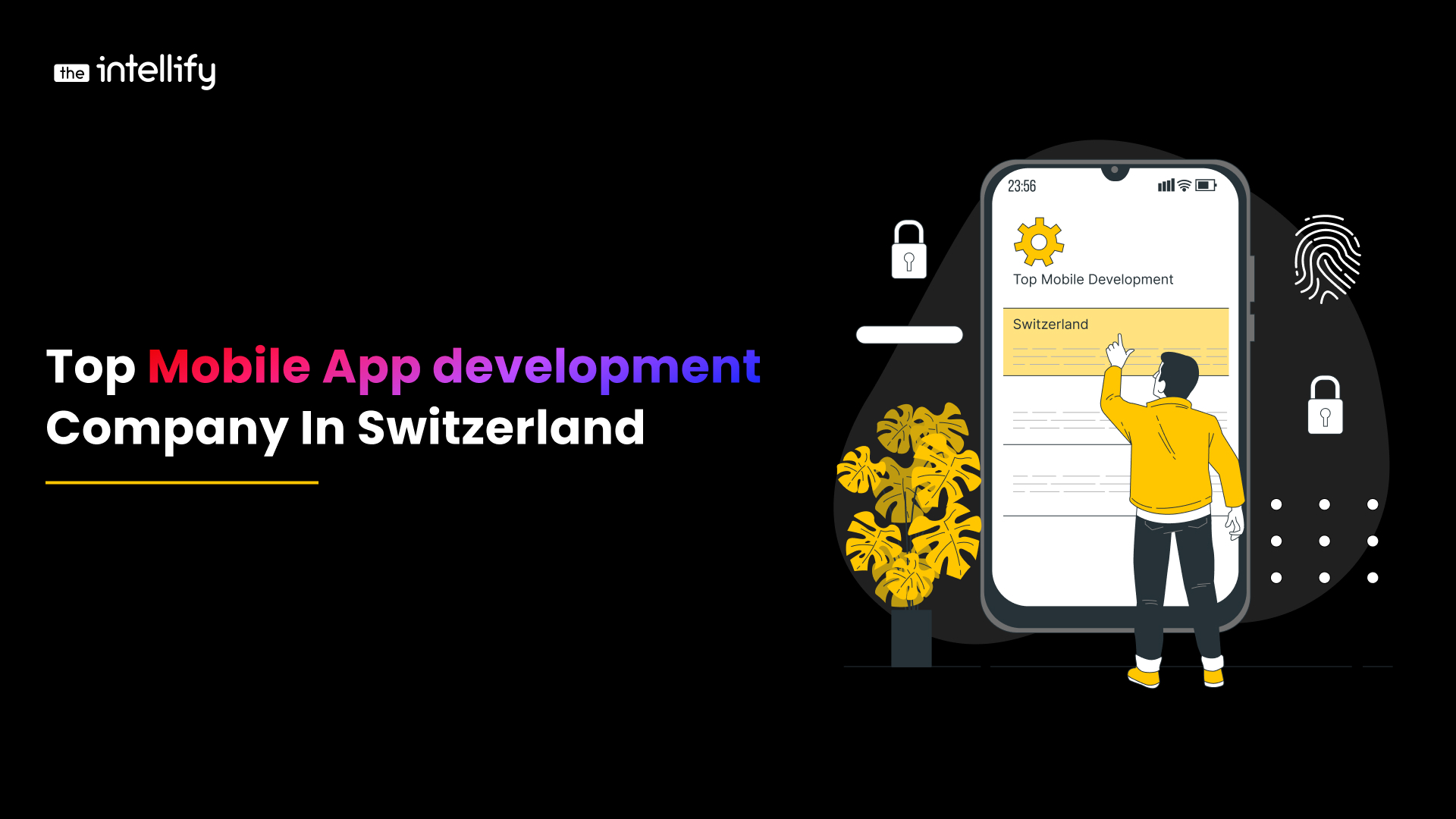Legacy vs Modern Systems for Your Business
In today’s fast-changing IT world, a common dilemma is deciding whether to keep using old software or upgrade to newer systems. It can greatly affect the process, the ability to manage the process at scale, and general business development.
At Software development company affects our work, our capacity, and our business success. With so much competition, we need to stay ahead.
To do this, we must understand the differences between legacy and modern software. This blog will compare both types to help you choose the right one for your needs.
The Statistics Behind Software Upgrades
According to current literature, Outdated systems hold back 74% of businesses. They cause high costs and poor performance. 90% of businesses find old software outdated and costly to fix. Modern software can reverse this trend. It can boost productivity by 33% and cut IT costs by 25% in a year.
Characteristics Of A Legacy System
Mainframe applications are essential. They are woven into an organization’s operations. Some common features of a legacy system include:
- Proven Reliability: Old systems are trusted after years of use. This is why most organizations resist change. It maintains critical business operations and procedures reliably and efficiently.
- Customization: Technology has evolved. So, have the organization’s systems, through customization. This customization is generally done in terms of the workflow, data model, and reporting features.
- Complexity: Inherited subsystems are usually large. This makes them very intertwined with each other and their modules. This tends to make them cumbersome to comprehend and, in some cases, change whenever the need arises.
- Limited Integration Capabilities: Historical systems were not built for today’s integration methods. So, it’s hard to connect them to current technologies and apps.
Advantages of Legacy Systems
1. Stability and Reliability: Legacy systems are well-established and enduring, offering reliable and efficient performance. Tailored to specific business needs, they focus on continuous operation and minimal downtime.
This predictability is crucial for stable sectors such as finance, healthcare software development, and manufacturing.
2. Cost: It is often easier to continue using the existing legacy system than to transfer to a new system. Employees need training on the new systems. This takes time and may hurt productivity if the migration is done during work hours. The new software may also be costly at first.
The legacy systems, once purchased and implemented, may need only minor updates and maintenance. So, this is a cheap option for companies with limited resources or those not ready for major changes.
3. Familiarity: Company personnel have used legacy systems for many years. They are very conversant with them. This familiarity boosts efficiency and productivity. So, users don’t need much training to use the system well.
The old systems’ procedures let employees work without learning new apps. This is vital in industries where expertise and uniformity are key.
4. Business Continuity: These systems keep the business running and its traditional methods in use. They have been custom-made to meet as many needs as possible. They are now deeply integrated into the organization’s daily business.
This integration to the depth makes it possible for critical business functions to go on without having to switch to another system.
5. Customization: In recent years, we have adapted the legacy systems to fit the company. This customization usually comes from a business-friendly workflow, reporting structure, and UI/UX Design.
Replacing a highly customized system with a new one is hard and costly. It may need extensive reprogramming to match the legacy system’s customization.
6. Vendor Support: Some legacy systems have vendor support agreements. They guarantee service for several years. This support can help fix problems and prevent them from escalating. This is important for a system that is used frequently. New vendors may not support older technologies for long.
7. Integration with Legacy Hardware: Many legacy software run on a now-legacy hardware platform. That hardware may still be in use. Changing both the software and the hardware can prove to be very costly.
So, one can prolong the use of the existing equipment by continuing to use the legacy system. This would ensure maximum value for the money spent.
Challenges of Legacy Systems
Legacy systems have benefits, but they also pose big challenges.
- Maintenance Costs: Over time, these systems become complex. It’s hard to find skilled people to maintain them, so costs rise. Also, the cost of continuation of the use of outdated hardware can be very expensive.
- Integration Issues: Integrating the old systems with advanced ones is costly and hard. This can be detrimental when it comes to adopting new technologies and slows the process of innovating.
- Security Risks: Some of the old may not be updated with security patches from the manufacturer due to their age. The absence of some features of modern security might lead to data leakage and noncompliance with the regulations.
- Scalability Limitations: They lack the flexibility to grow with new tech. This can hamper the growth of the organization and restrict its scope of exploring new opportunities in the market.
- User Experience: Such systems often have old interfaces and processes. They reduce employees’ efficiency and job satisfaction.
Modern Software
Modern app platforms use the latest tech. They’re more flexible, extensible, and powerful. They are web-based, mobile-enabled, and use big data and Artificial Intelligence solutions.
Features of Modern Software
Modern software platforms have features that improve their usability and performance. Like any modern software, they have options that enhance their convenience.
- Cloud-Based Solutions: Today’s software usually uses the cloud. It does so to access resources and applications dynamically. This does away with the need of having on-premise infrastructures and this is a plus.
- Mobile Accessibility: Modern software is made for use on various devices, including mobiles and tablets. This supports remote work. It boosts employee efficiency and communication.
- Advanced Analytics: The current software includes analysis and reporting. It helps organizations to organize their operations.
- Integration Capabilities: Modern software must interact with other apps and systems. So, they must integrate. This improves information flow within the organization. It removes the need to pass info through many layers to reach the audience.
- User-Friendly Interfaces: Another is the rise of new, easy-to-use software interfaces. They make software easier for users.
Advantages of Modern Software
1. Increased Efficiency: Modern apps aim to help users work, complete tasks, and avoid errors. These efficiencies imply that a lot of time is gained and the employees’ productivity is enhanced.
Other features, like AI and ML, automate complex tasks. They predict outcomes and personalize client engagement. Hence, various companies can work more efficiently, make wiser decisions, and address the changes in demand.
2. Scalability: Another very important benefit of software in the current world is that most of the software can easily be scaled. Such systems can be easily expanded or reduced in capacity to suit the business’s requirements.
This is especially so for businesses that are still in their early stages or for those businesses that have unpredictable traffic.
Cloud-based, on-demand services help organizations scale their IT. They can do this without buying new assets. This helps businesses perform at their best when demand is high.
3. Integration Capabilities: Modern tech platforms are now designed for interconnectivity. It makes it easy to connect with other software. This ensures a smooth flow of information within the organization.
It also minimizes information silos. For example, integrating with CRM, ERP, and other key apps can automate and create a single view of the business processes. APIs and web services make such integrations possible.
4. Security: Modern software applications have built-in security to combat new forms of risk. Updates and patches protect the software from threats. They also meet the established requirements.
Vital data is now secure. It has strong protection from encryption, two-factor identification, and real-time threat detection.
Read More: Legacy Software Assessment and Audit Best Practices
5. Cost-Effective: The cost of procuring modern software can indeed be steep but in the long run, it will be cheaper to maintain. The main advantages are higher profits, less maintenance, and no old equipment. The cost-saving opportunities are huge.
Cloud-based solutions are a good example. They charge businesses only for the resources they use. This model removes the need to invest a lot of money upfront. It allows for better budget and resource management.
6. User-Friendly Interfaces: Today’s software is developed with an emphasis on user-centered software. Friendly interfaces help new users learn apps quickly. They also boost work efficiency.
Features like smooth content dragging, a flexible interface, and help pop-ups make the system easy to use. They will ensure a smooth transition to the new platform for employees.
7. Advanced Analytics: The current software has tools that help users. They include reporting and analytical tools. These tools help users better understand the business and its environment.
They provide detailed information. Thus, tools like Power BI and Tableau are very useful. So are interactive dashboards, graphs, and charts. They help us interpret data and get to the root of the matter.
8. Mobile Accessibility: Today’s software platforms are mobile responsive. They let employees work from anywhere, at any time. Apps and responsive websites ensure users can access their key business apps and data on their smart devices.
This flexibility suits teleworking. It boosts cooperation and productivity, no matter where employees are.
Migrating from Legacy Software to Advanced Platforms
Evaluation of the need for migration
Before migrating your legacy system, assess it to evaluate its effectiveness. Assess the pros and cons of the old system versus a new one. Consider its viability, capacity, and compatibility. Also, weigh its drawbacks against the benefits of a new architecture. Consider the following factors:
- Business Goals: Ensure the migration decision aligns with the organization’s plans. Find how current software can drive growth, innovation, and a competitive edge.
- Current Pain Points: Describe the problems inherent in the work with the legacy system. Find out how these concerns affect performance, staff output, and customer experience.
- Cost-Benefit Analysis: Do a TCO analysis. Compare the costs of maintaining a Legacy System or Modernize. It is critical to view maintenance, support, training, and potential gains in revenues as direct and indirect costs.
Migration Success Factors
- Planning: This is to develop a migration plan. It must cover the timeline, resources, and liability management. The following are steps to take to ensure that migration is well-coordinated
- Data Migration: Make sure that all the information is migrated properly from the old system to the new one without data loss and data breaches. Data validation and cleansing should be put in place to narrow down the data collection and improve its quality.
- Testing: Tentatively use the new system and try to find out all the problems and errors that may occur during the execution of the new system. Also, test the system’s functionality, performance, and security. This will ensure it meets all requirements.
- Training: Offer to assimilate all the employees so that they can be familiar with the changes and thus no disruption of the business. Design training content and tools based on the roles of the users and the scope of their responsibilities.
- Monitoring: After migrating to the new system, we must monitor it. This will help us find and fix any new problems as they occur. Finally, set up tools to monitor and report on the system’s performance and user feedback.
Common Pitfalls to Avoid
- Insufficient Planning: Poor planning wastes time and money. It can also disrupt business operations. Create a project schedule that will outline the project plan including provisions for risk prevention.
- Data Loss: Improper data migration can cause massive data loss. This can disrupt a business’s daily operations. Exercise proper measures of data migration and data backup to ensure adequate protection of data.
- Inadequate Training: Lack of training may make the employees take time to change and adapt to the new system hence causing a slowdown of work. To that end, make certain that training encompasses all areas and is relevant to all the users.
Conclusion
Choosing between conventional software and an updated version is a key decision. It will affect your business’s productivity, growth, and progress. Traditional systems are stable and reliable. But, they lack in areas like integration, security, and scalability. On the flip side, modern tech platforms are more effective, expansive, and safe. They are costlier at first and have migration issues, though.
Updating old software is often best, but not always necessary. If your business isn’t growing fast, you might stick with what you have. Look for legacy application modernization services at leading providers such as The Intellify.
Our expertise in crafting tailored modernization roadmaps has earned us industry recognition. Use The Intellify’s technology to make your product fast and easy to use. Contact us guide you towards a future-proof digital landscape.










